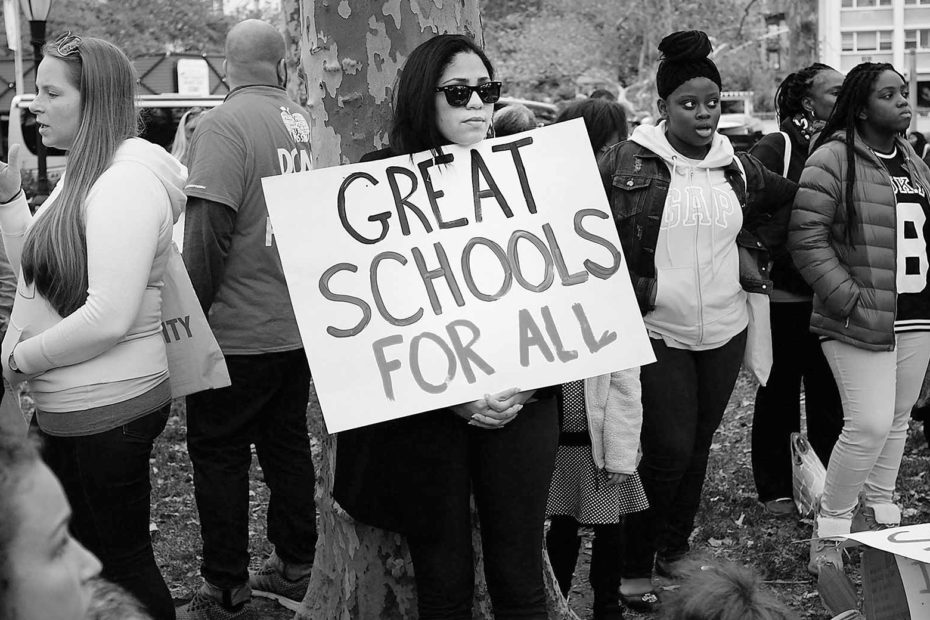Posted by Dakota Raymundo
In the past couple decades racial and economic segregation in schools has been growing. According to a report done by Edbuild, more than half of students nationwide attend a school that is at least 75 percent white or nonwhite. For students of color attending these majority minority and low income schools, this means $23 billion less in funding than mostly white districts. On average that is $2,200 less in funding per student. This intense segregation in part has to do with the segregation of residential neighborhoods and a lack of integration programs. According to the Century Foundation, 82 percent of students nationwide attend their assigned school which most often correlates directly with the neighborhood they live in.
Kids living in impoverished neighborhoods of color will mostly likely attend an underfunded majority minority school and vice versa for kids living in wealthy, white neighborhoods. There are only 91 districts nationwide who have implemented desegregation policies which help balance these disparities. That represents only about 8 percent of the current student population nationwide. Although there are some states implementing these integration strategies (attendance zone boundaries, district-wide choice policies, magnet school admissions,) there are also many white communities who are doing all they can to prevent their kids from sitting in a classroom with a black or latin peer.
Often white wealthy families will simply move out of districts which have large numbers of students of color or even try to draw new district lines which exclude targeted neighborhoods. These families will secede from their current districts and create new districts which draw a legal fence between their own neighborhood and another less wealthy neighborhood. Because schools are funded by property taxes this allows families with higher valued properties to hoard their resources and ensure people living in less wealthy neighborhoods are excluded from their well funded schools. So although the law does not dictate racial segregation, there are many other factors that do. The reality in our country is that throughout history our government has implemented discriminatory laws like redlining which have kept communities of color in impoverished neighborhoods with low value properties which in turn means less funding for local schools. Now we are seeing the effects of these practices and a lack of commitment to solving these issues since they aren’t implemented by concrete laws.
In a recent discussion with the youth advisory council, members talked about the competition which exists between students trying to get into the “best school.” When proposing possible solutions yac members said they didn’t necessarily think allowing kids to go to schools outside of their neighborhoods would solve any issues because there would still be this competition to get into a single “best” school which would receive the majority of wealthy families and their resources. Another solution mentioned was charter schools. Members discussed how often charter schools provide a better alternative to students of color who don’t have a “good” public school in their neighborhood. However certain members brought up the point that charter schools also continue the cycle of underfunded public schools. Overall when discussing the current state of school segregation, yac members agreed that history is repeating itself.
